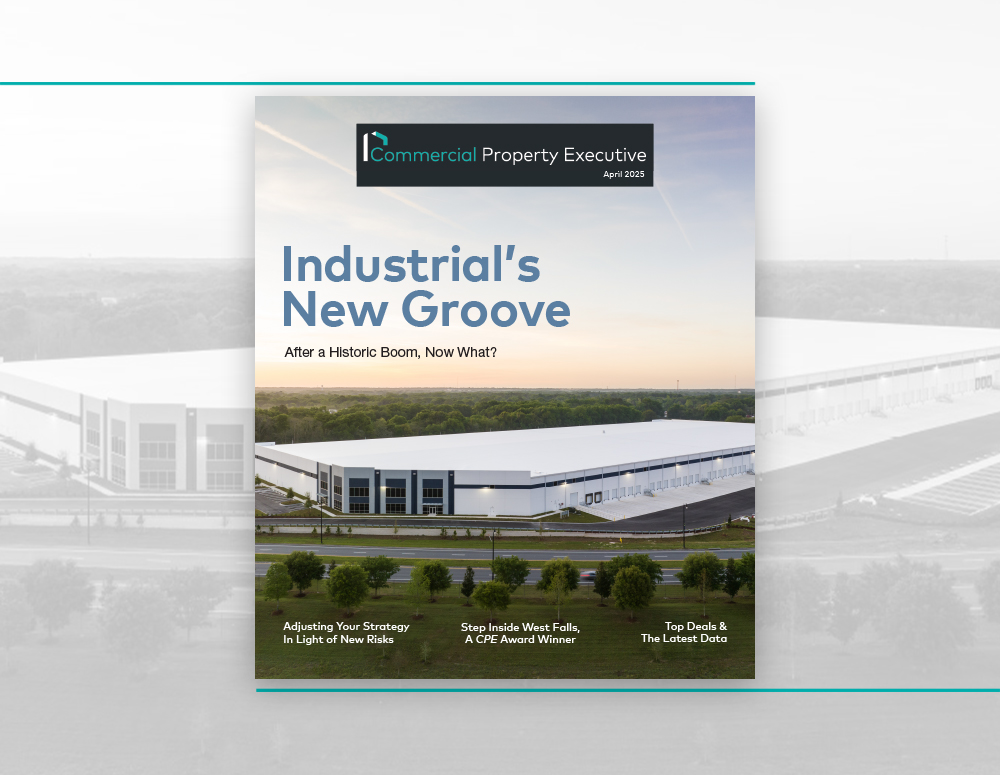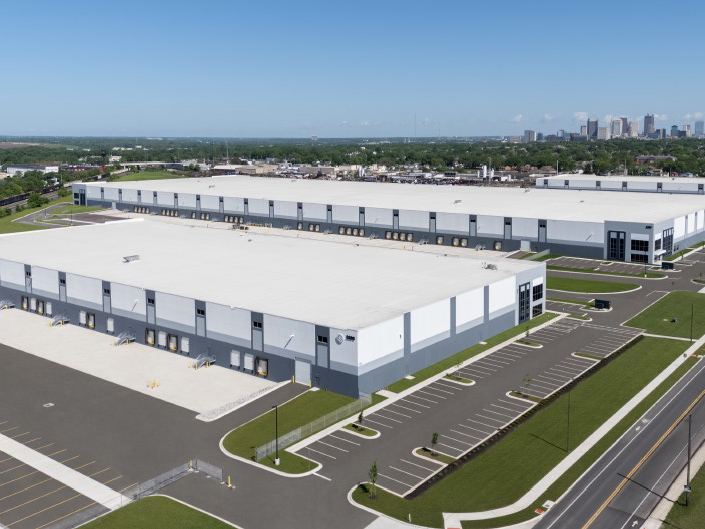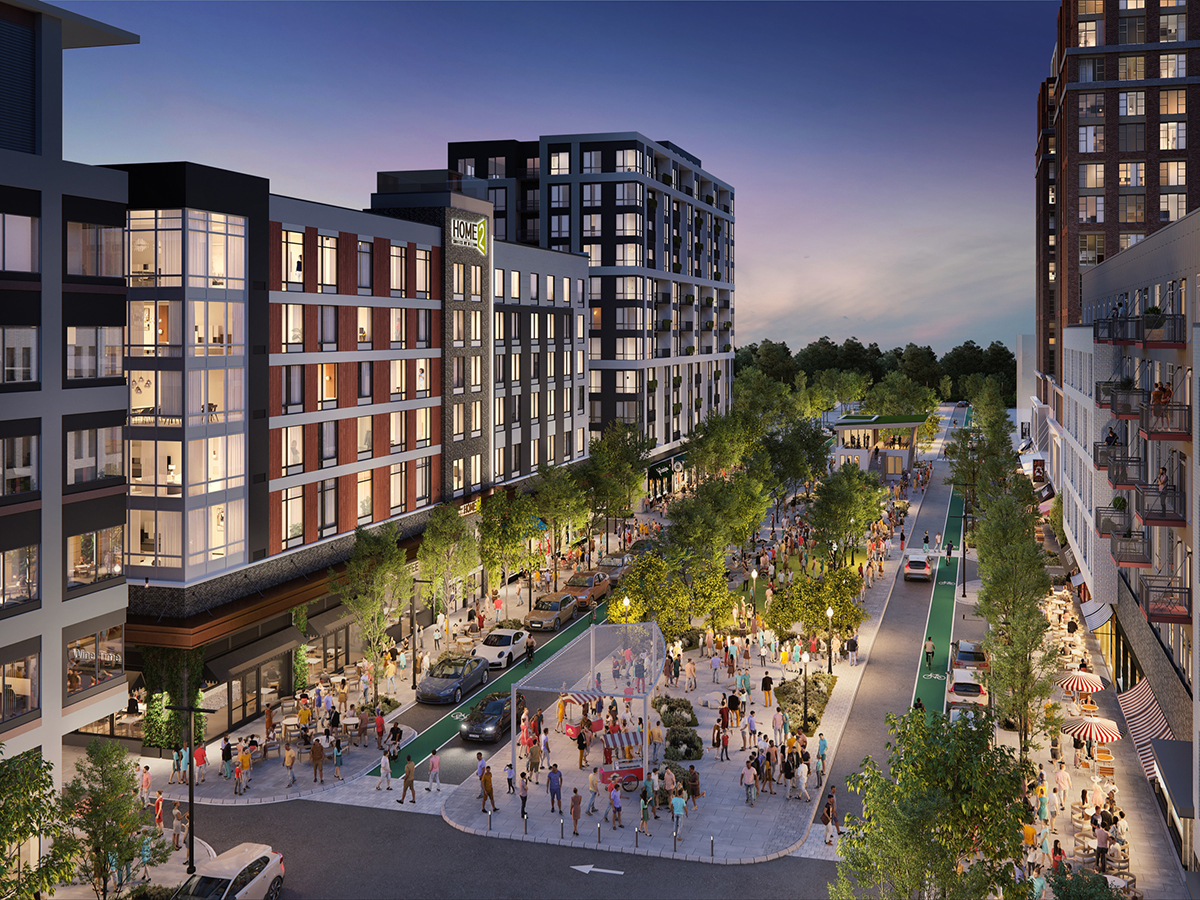Office Deals Falter, Though the Suburbs Fare a Bit Better: NAR
Transaction volume is also down for industrial, but prices continued to improve, a new National Association of Realtors study shows.
After a noticeable recovery in the third quarter, commercial real estate stalled again in November, with sales falling an average of 57 percent year-over-year across all property types, according to a late December report from the National Association of Realtors. The resurgence of coronavirus cases is the obvious culprit making investors hesitant, NAR says.
READ ALSO: Alternative CRE Types to Attract More Funding: Nuveen
In both the multifamily and office sectors, the relatively bright spots are in suburban markets, where transactions have contracted substantially less, and sales prices are rising faster, than in central business districts.
The dollar volume of office property sales fell 73 percent overall in November, but CBD acquisitions decreased by 77 percent, versus 69 percent for suburban acquisitions. Another sign of the CBD/suburban divergence, NAR reports, is that office prices in suburban markets are up 35 percent from a year ago, while prices in CBDs are down by 14 percent.
As of November, the most active markets for office acquisitions were Los Angeles, Atlanta, Northern New Jersey, Raleigh/Durham and the Virginia suburbs of Washington, D.C.
On the industrial side, although property sales have contracted year-over-year, sales prices have risen by an average of 9.5 percent. Transaction volume for flex and warehouse properties in November totaled $5.5 billion, a $828 million decrease from a month prior. Year-to-date sales totaled $74.5 billion, down by 26 percent year-over-year.
The average per-square-foot price of flex properties rose to $164, a sharp increase from the 2020 low of $122 in June. As of November, the most active industrial markets for acquisitions were Chicago, Los Angeles, Dallas, Atlanta and Houston.
Substantial construction despite pandemic
The health crisis notwithstanding, substantial quantities of industrial and office space are in the pipeline: An estimated 132.8 million square feet, representing 2.5 percent of the nation’s current office inventory of 5.4 billion square feet. Given this, NAR predicts that “vacancy rates are likely to remain elevated, at least in the coming year.”
Development of industrial properties increased to 340.9 million square feet in the third quarter, after having declined in the second quarter.
As of November, REITS that own and manage data centers enjoyed the highest year-to-date returns of 17.2 percent. This enviable situation is being driven in large part, naturally, by the growth of e-commerce and the upsurge in working from home.
Also of note, November demand for commercial properties was stronger in noncore sectors—self storage, health care, single-family rentals, manufactured housing and data centers—than in core property types, according to NAR, citing the Green Street Commercial Property Price Index.








You must be logged in to post a comment.